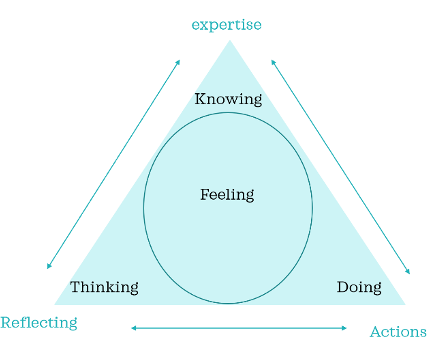“Learning sits at the heart of it”, “learning is the key”, “what we do is unpinned by our learning”, “learning from our learning is fundamental to our impact”.
Read any place-based evaluation, community change impact report, systems leadership programme or public services reform paper and you’ll more than likely to read a similar message. As a Leadership and Learning Consultant, you’d think this would be music to my ears alongside a triumphant cry of ‘By George they’ve got it’!
And yes. To hear the groundswell of thinking, conversations, and reflections across our partnerships, networks, sector and systems, placing learning at the centre of all that we do, is a real step change. Seeing agendas, strategy reviews and events reflecting on the value of learning is a very welcome swing. We are, together, across partners, funders and our teams collectively starting to pinpoint the power of learning. I’m hearing more loudly that measurement is really about learning, impact is really about learning, learning isn’t an event and could actually unlock future strategy, team engagement, partners and funding. Strategically we’re embracing that critically, learning IS the job.
Yet. We have a way to go. Because having that ‘aha… its learning’ moment isn’t enough. Now comes arguably the tougher work. Evolution can be harder than revolution – as the saying goes ‘Change is inevitable… growth is optional’. So to safeguard learning against becoming the next overused buzzword, we have to take it further. And ensure learning means we take action, it means we connect the dots, we test, we adapt. And use our learning to frame the difference being made by our work.



